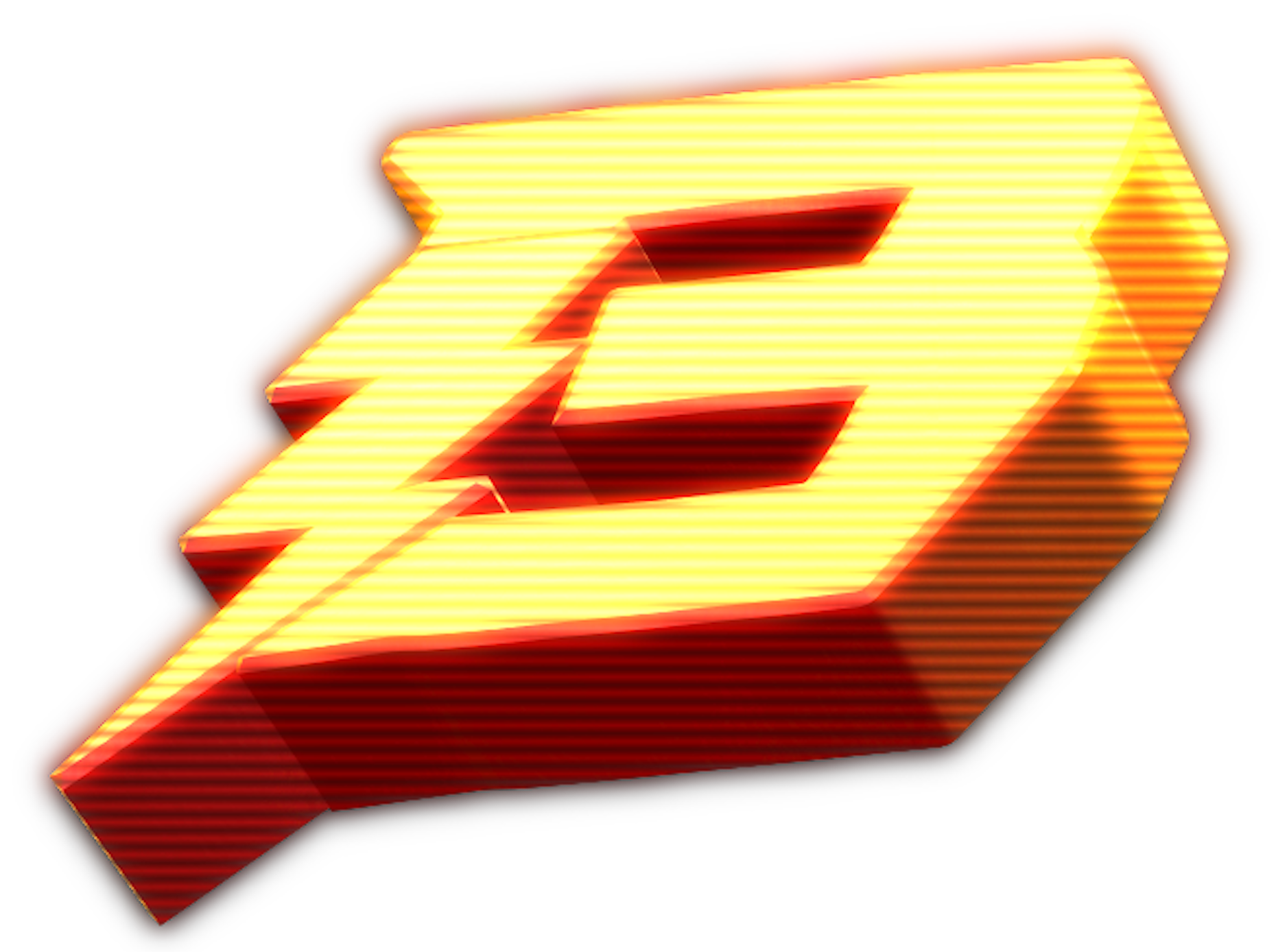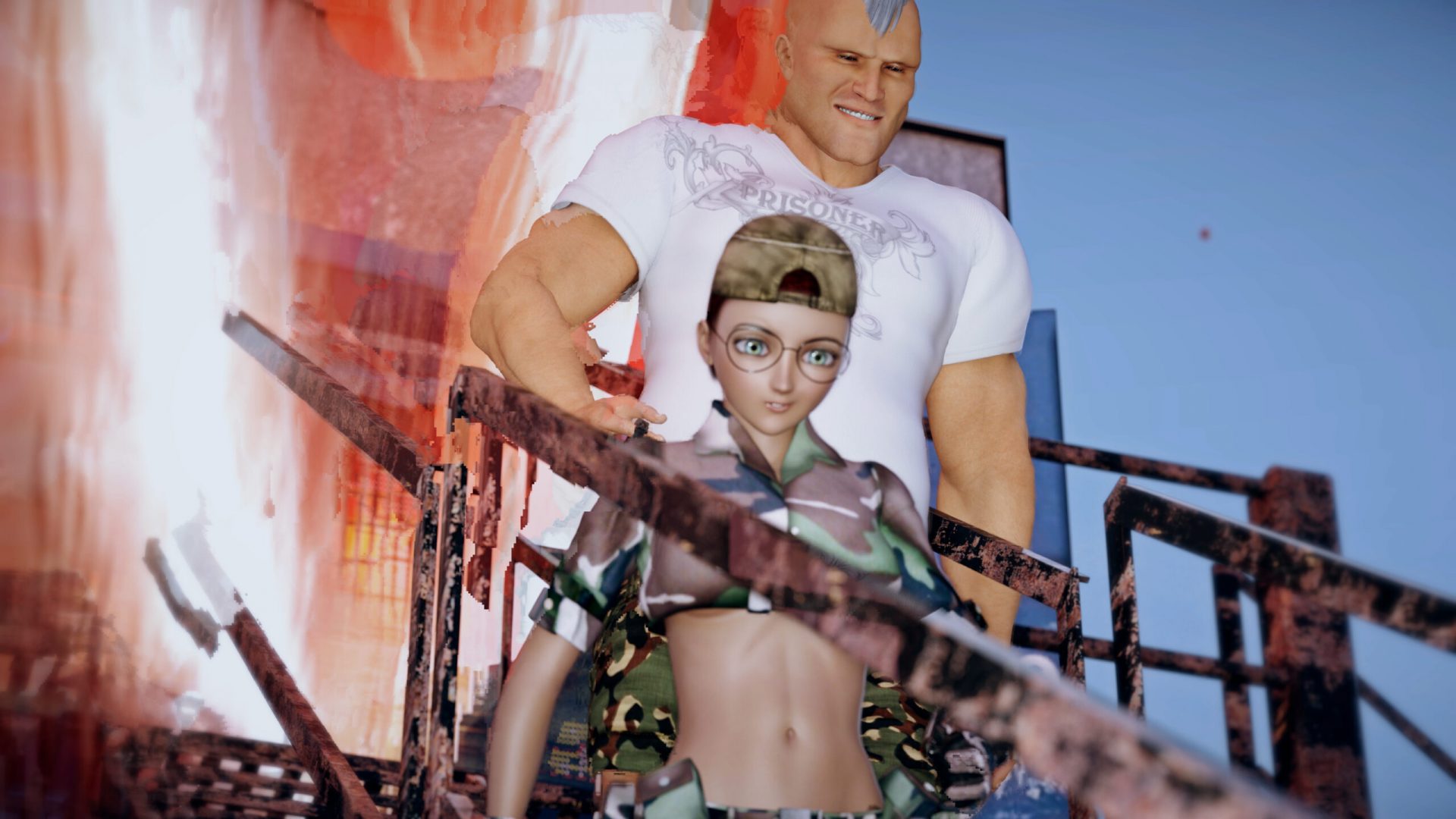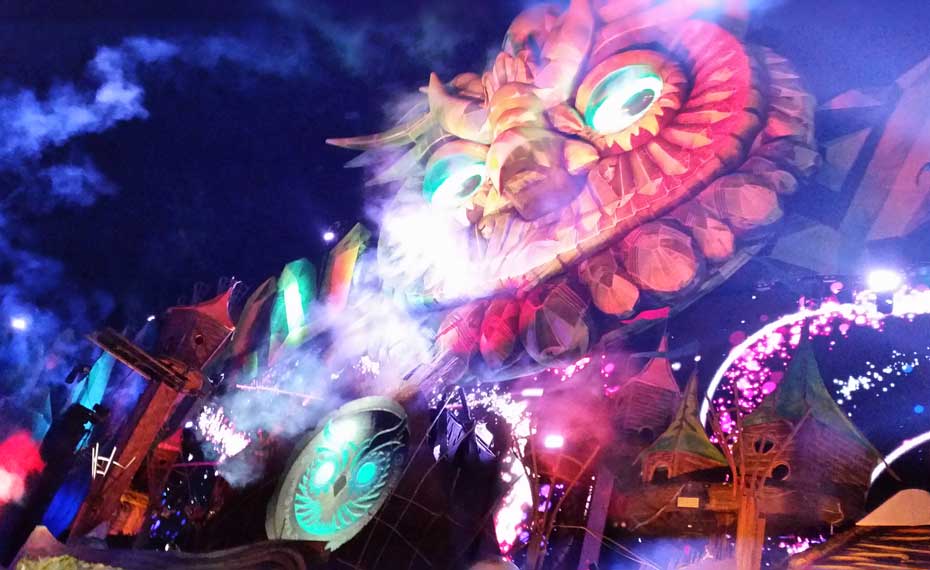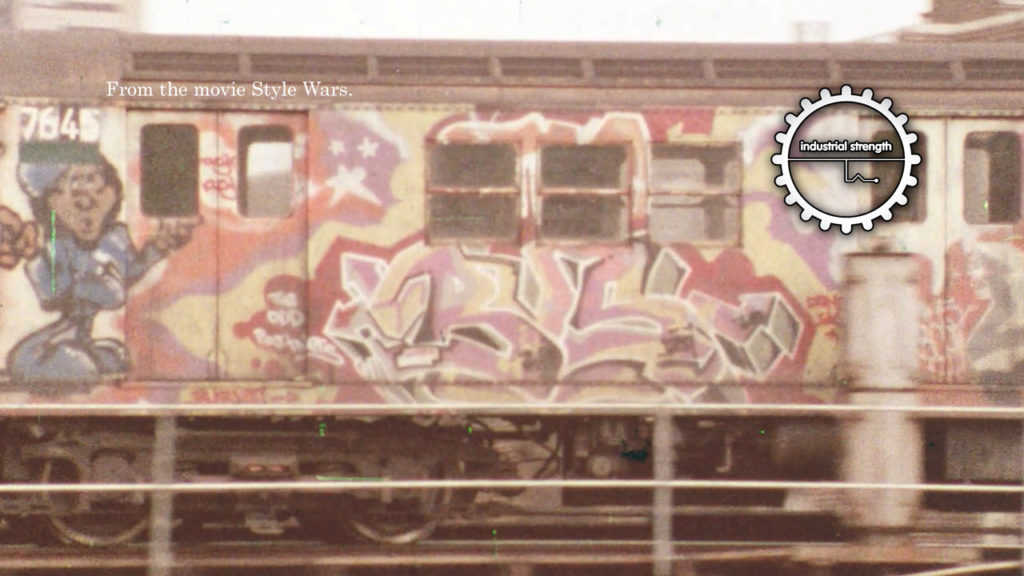by Joel “Deadly Buda” Bevacqua
Insomniac’s Nocturnal Wonderland celebrated its twentieth year over the 2015 Labor-Day weekend. It was a sight to behold, but when the eye candy wore off, I realized there was more to this rave than met the eye. Each day had its own distinct musical character pulsing through the visuals. Day one was “New School.” Day two was “Pop.” Day three was “Old School.” The contrast of the three days raised interesting questions about the future of rave culture and its history.
The main stage, named “Labyrinth,” was amazing, knock-out, eye-candy—seriously more jaw-dropping than a Disney World amusement. It had sort-of a chess and playing card theme (not sure why actually, but it worked)—fireworks, water features, lasers, massive hi-def screens, crazy fresh opticals.
The smaller stages were paid just as much attention, if not budget. Each stage was unique and generated a sense of place so strong that I literally forgot what my apartment looked like over the weekend. This temporary place in the desert had become my home. On day three I entered early with the set-up crew, and marveled at the festival site before the crowd entered. The breathtaking view made me feel like a little kid in his own fantasy playground. I bounded down the grass covered hill from the “Queen’s Ground” stage, past the Sunken Garden and Temple of Om, to the Labyrinth, making airplane sounds all the way. Some of the workers thought I was going bananas but I just had to do it since I had the opportunity! It occurred to me then that “fun” really is the same at any age—that appreciation of existence itself so often evident in those younger than us, no matter the age!
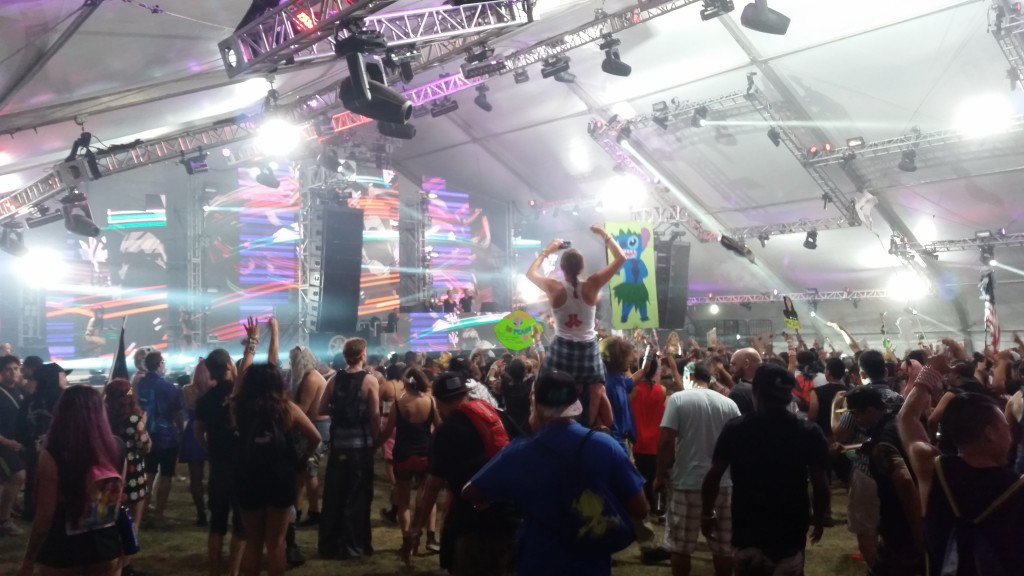 The sound systems were crystal clear and banging as one has come to expect from Insomniac. Day One’s music was comprised of the newer underground variations of the quintessential rave styles such as hardstyle, happy hardcore, drum and bass and dubstep. If you were a new raver 100% dedicated to the scene, this was your night. Admittedly, they could have used a little more hardcore in the line-up, but nonetheless things were sonically interesting enough to keep you running from stage to stage. I found myself rocking out in the hardstyle-heavy Sunken Garden most of the night, with frantic trips to the Queen’s Garden for a dose of drum ‘n’ bass and dubstep.
The sound systems were crystal clear and banging as one has come to expect from Insomniac. Day One’s music was comprised of the newer underground variations of the quintessential rave styles such as hardstyle, happy hardcore, drum and bass and dubstep. If you were a new raver 100% dedicated to the scene, this was your night. Admittedly, they could have used a little more hardcore in the line-up, but nonetheless things were sonically interesting enough to keep you running from stage to stage. I found myself rocking out in the hardstyle-heavy Sunken Garden most of the night, with frantic trips to the Queen’s Garden for a dose of drum ‘n’ bass and dubstep.
Day two: Oh brother, day two… was a Saturday. This is the night for your new potential ravers and pop-radio listeners to hear and see David Guetta on a really, really, big video screen, rather than a smaller one at home. All the amazing visuals, banging systems and top-notch production for all three days comes at a cost, and I guess Saturday was the day to pay the piper. I totally understand its necessity. However, the stark contrast of crowd between day one and day two brought a lot of issues to the surface for me. I was attracted to the rave scene because I don’t identify with pop culture’s ever-increasing glorification of sex, money, and consumption. I’m more attracted to a lady with a Fresh Jive t-shirt and Phat pants, than one just wearing a thong. When people talk about cars, jewelry, or whatever material things, I force myself to pay attention. I want to be “into it” to know them better, but I just can’t get that excited about it. The music on day two, and the crowd, was like that for me. Lots of popular, obvious music (often the same songs), danced to by people who were unabashedly interested in those things. I want to relate, I try, but I really don’t.
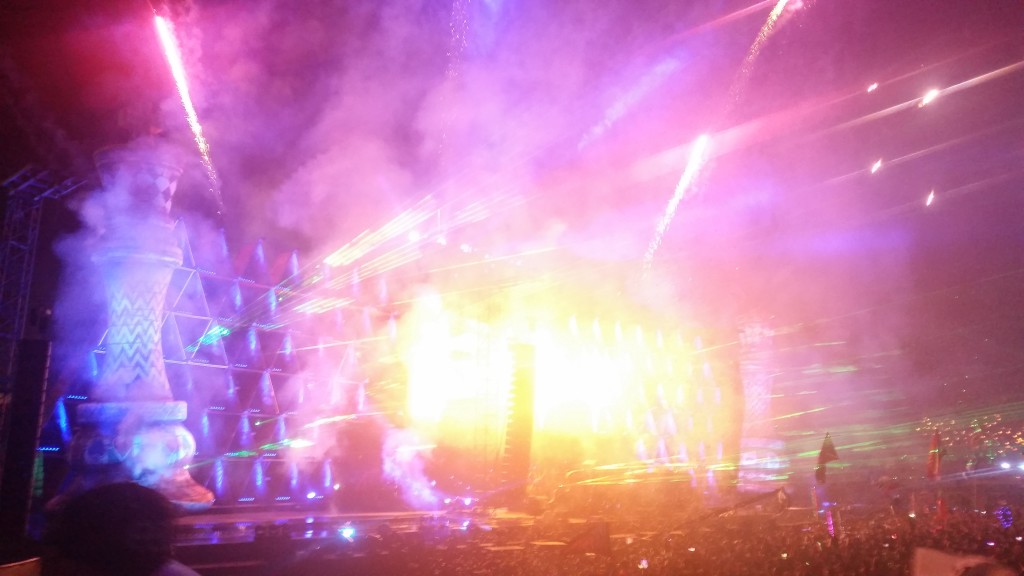 I still had a good time bopping around the grounds though. I danced to some House music at the Temple of Om and examined the other features of the rave. I actually missed a very important feature that sounded fascinating: a 360 degree virtual reality recording of EDC 2015. Mostly, I spent time at the History 101 tent featuring DJ Demigod, Rap, and Meanstreak spinning classic rave tunes while pictures of old flyers, photo collages and records were projected on the tent. They even had a “ghost DJ from the past” playing on the decks between sets.
I still had a good time bopping around the grounds though. I danced to some House music at the Temple of Om and examined the other features of the rave. I actually missed a very important feature that sounded fascinating: a 360 degree virtual reality recording of EDC 2015. Mostly, I spent time at the History 101 tent featuring DJ Demigod, Rap, and Meanstreak spinning classic rave tunes while pictures of old flyers, photo collages and records were projected on the tent. They even had a “ghost DJ from the past” playing on the decks between sets.
Day three was what Noc 20 was all about: History. Many of Insomniac’s DJs from “back in the day” played at the Upside Down Room to old schoolers and new schoolers delight. The way “History” was handled at the show was frankly the most clumsy—yet fascinating—aspect of the event. Like many an old school raver, I have a strange compulsion to convey some sort of “history” to a new generation. Obviously Insomniac does too. But I kept thinking, “WHY?” Does the new generation care? Are we “old folks” just trying to make ourselves feel better with a nostalgic white-wash of faded memories? Does anyone need a history of this music?
After the eye and ear-candy wore off and I got a good night’s sleep, things became clearer. Back-in-the-day, the original ravers thought they were the dawn of a new era, a new culture, a new attitude. A lot of crazy stuff happened over those decades and experience created wisdom. An older generation is struggling to convey its wisdom to a new generation that might not care—through no fault of their own. Subconsciously, this culture is planting the seeds for its survival and perpetuation. The rave culture is only now dealing with a generational shift, and it’s trying to figure out how.
It is important. To disseminate a history of creation (the history of art) as opposed to destruction (the history of war), is essential and must be attended to. On a practical, personal level, wouldn’t you want your daughter to know she will more likely get a boyfriend at a rave if she wears pants, than stares or worse if she wears a thong? But how do we convey such practical things without sounding prudish or preachy? The details and messages still need to be worked out and opinions will vary; but Insomniac took a great step forward in the transfer of wisdom with their 5 minute historical interlude on the main stage. It was a proper sensory overload that appealed to new and old school alike. Thousands of attendees were lucky enough to record it on their phones. Here is one of those recordings:
